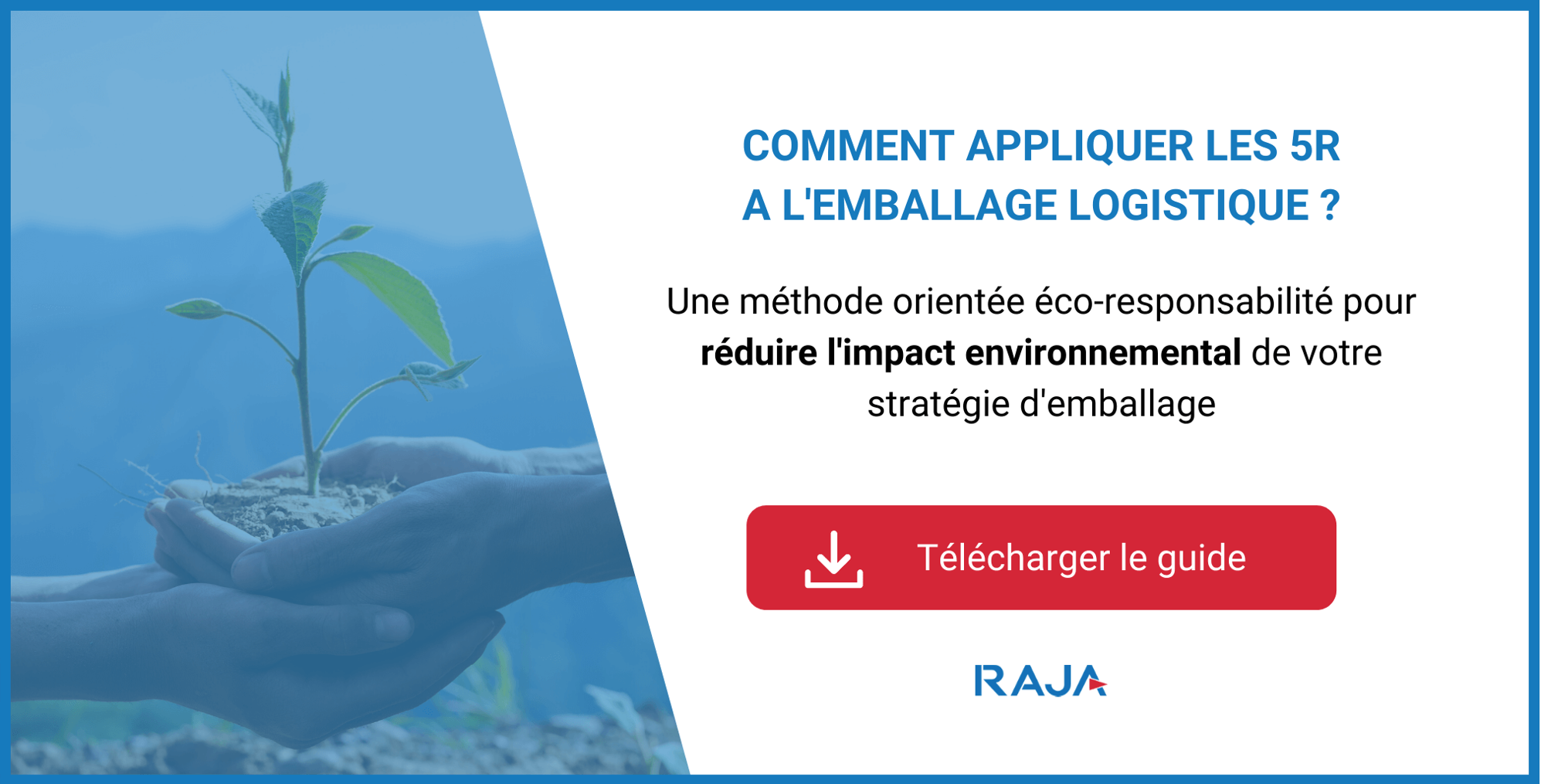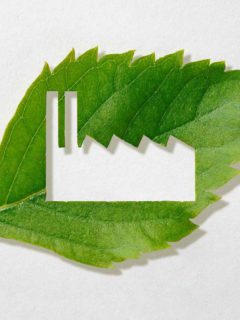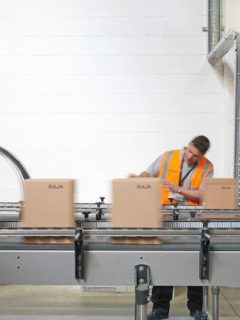The European Commission estimates that every year, every European generates almost 180 kg of packaging waste*. If the trend were to continue without specific action, it is also estimated that the European Union would see a further 19% increase in packaging waste by 2030 – and up to 46% for plastic packaging waste.
Faced with these alarming figures and a growing ecological emergency, the EU has decided to take action. One of the keys to combating packaging waste? The PPWR legislation, a law on packaging that regulates this problem.
Find out more here about the ins and outs of PPWR, and 5 keys to preparing for it.
The PPWR regulation: a desire to unify packaging management practices within the EU
The PPWR, or Proposal Packaging and Packaging Waste, is a law that aims to regulate packaging at European level, and move towards better management of packaging waste throughout the area.
As you probably know, each country in the European Union has its own regulations governing the handling, reduction and recycling of packaging. The aim of the PPWR regulation is to unify these practices throughout Europe, with a view to achieving more eco-responsible practices, in line with the circular economy concept.
In 2019, the European Union is launching the Green Deal. This is a set of initiatives designed to enable EU countries to make their economies more sustainable, in particular by achieving zero net greenhouse gas emissions by 2050. The PPWR regulation is part of this Green Pact.
Who is affected by this European legislation on packaging?
The PPWR law concerns the packaging of products in the areas of takeaway food, physical points of sale and e-commerce. This is the first time that e-commerce packaging has been mentioned in a European law.
It is important to note, however, that food packaging in direct contact with foodstuffs is not affected by these environmental regulations.
What does the new European law on packaging stipulate?
The PPWR regulations include a number of ecological aspects that will regulate European packaging in the more or less short term. Here are the key points to remember.
Reducing packaging waste as much as possible
The main objective of this law is ambitious: to reduce packaging waste by 15% per Member State and per inhabitant by 2040 (compared with 2018).
In particular, the legislation promotes reusable and recyclable packaging: companies must offer consumers a certain percentage of their products in reusable or refillable packaging.
Make all packaging on the EU market recyclable in an economically viable way by 2030
Certain forms of packaging will be banned under the PPWR law. These include single-use packaging for food consumed on the premises in restaurants and cafés.
There is also a commitment to introduce mandatory deposit systems for plastic bottles and aluminium cans.
Increasing the use of recycled plastics in packaging
Thanks to this European law on packaging, manufacturers will have to include mandatory levels of recycled content in their plastic packaging.
Clarifying packaging labelling
The PPWR decree also stipulates that all packaging must bear a label indicating the material from which it is made and the waste stream into which it must be placed. To facilitate selective sorting, waste collection containers will display the same labels, and all symbols will be used in the same way throughout the European Union.
Regulating biosourced, biodegradable and compostable packaging
If they do not meet certain conditions, these types of packaging (which are clearly eco-responsible) can unfortunately worsen plastic pollution or harm biodiversity.
To avoid this pitfall, the PPWR specifies the conditions for the production and distribution of such packaging, as part of a sustainable circular economy.
5 keys to preparing for PPWR legislation
To comply with the law on PPWR packaging and to meet the expectations of your customers, for whom ecology is increasingly important in their consumer choices, turn to the following solutions.
Limit the volumetric weight of your packaging
First route: to avoid unnecessary packaging waste while protecting your goods properly, opt for packaging that uses less raw material. This means choosing packaging that is as close as possible to the weight and size of your products, while protecting them during transport.
RAJA’s flagship products to support you:
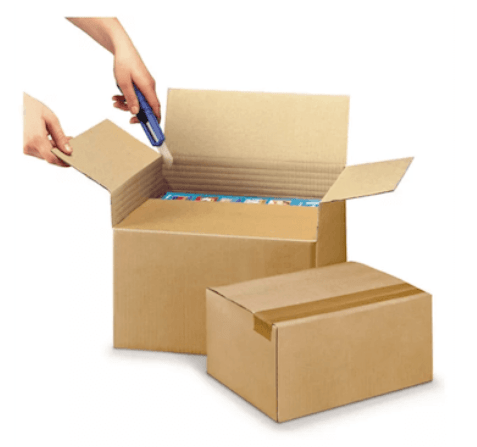 |
The variable height crate is height-adjustable with grooves every 1 cm that you can easily cut to make your packaging more compact. |
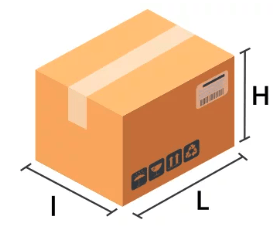 |
Choose from over 1200 box and crate sizes available from RAJA, using our dedicated search engine. |
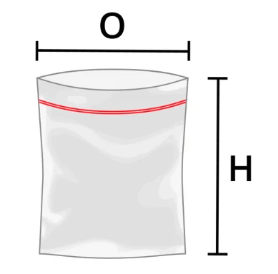 |
Select the ideal size bags and pouches for your products from the 1300 available from RAJA, using our dedicated search engine. |
Opt for packaging made from recycled materials
From 1 January 2030, the PPWR law stipulates that all packaging must comply with new recycling limits, which depend on the type of packaging (and in particular the material from which it is made).
That’s why it’s a good idea to start looking at packaging made from recycled materials (paper, cardboard, plastic or wood).
RAJA’s flagship products to help you:
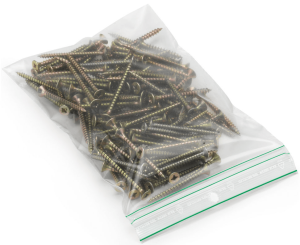 |
Recycled plastic bags replace those made from petro-sourced plastic, for more eco-responsible packaging. Transparent, opaque, gusseted or coloured, they come in a variety of versions to pack your products in a sustainable way. |
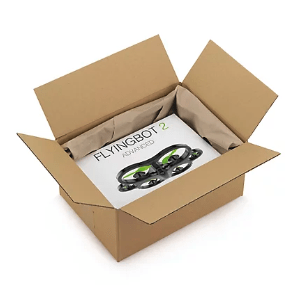 |
Recycled dunnage paper is 100% recycled and recyclable, and provides optimum, cost-effective protection for your products that need to be cushioned in an environmentally-friendly way. |
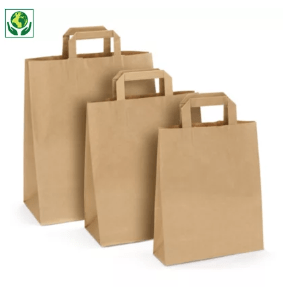 |
The recycled kraft bag has rapidly become an essential for retailers. As well as being environmentally friendly, it is also clearly eco-responsible, highlighting your commitment to the planet. |
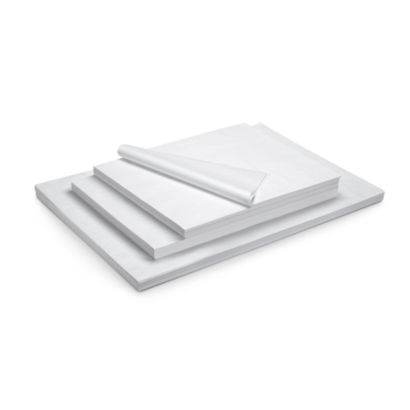 |
White recycled tissue paper is 100% recycled and elegant, as well as being an attractive and protective way of wrapping your most fragile products. |
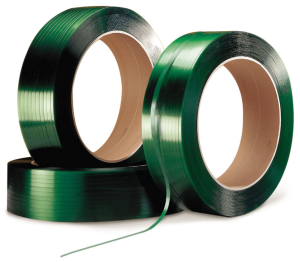 |
Recycled polyester strap is strong, safe, dimensionally stable and does not stretch. It is made from 100% recycled PES. |
Choose single-material packaging
Single-material packaging (i.e. packaging made from a single material) allows you to respect the principle of circularity, which is strongly promoted in PPWR legislation. It’s up to you to prioritise them in your packaging strategy.
RAJA’s flagship products to support you:
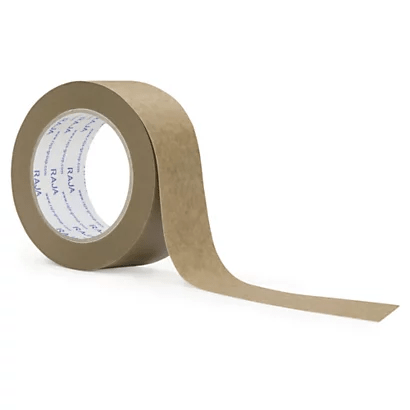 |
Kraft paper tape is just as strong as the plastic version – except that it’s also recyclable, so your customers can put all their cardboard packaging in one sorting bin. |
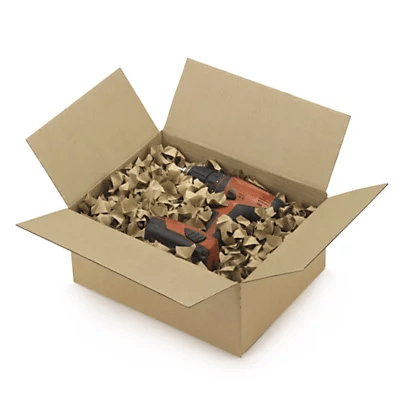 |
Recycled paper particle is an innovative single-material cushioning solution. The particles interlock to perfectly cushion your products in the packaging, while being 100% recycled and recyclable. |
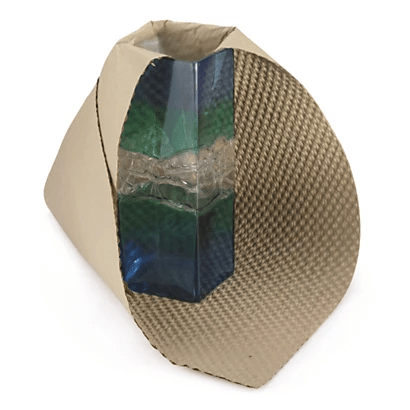 |
Recyclable and recycled bubble wrap bubble wrap is clearly environmentally friendly. Flexible and lightweight, it can be wrapped around your products, or used to secure them in a container. |
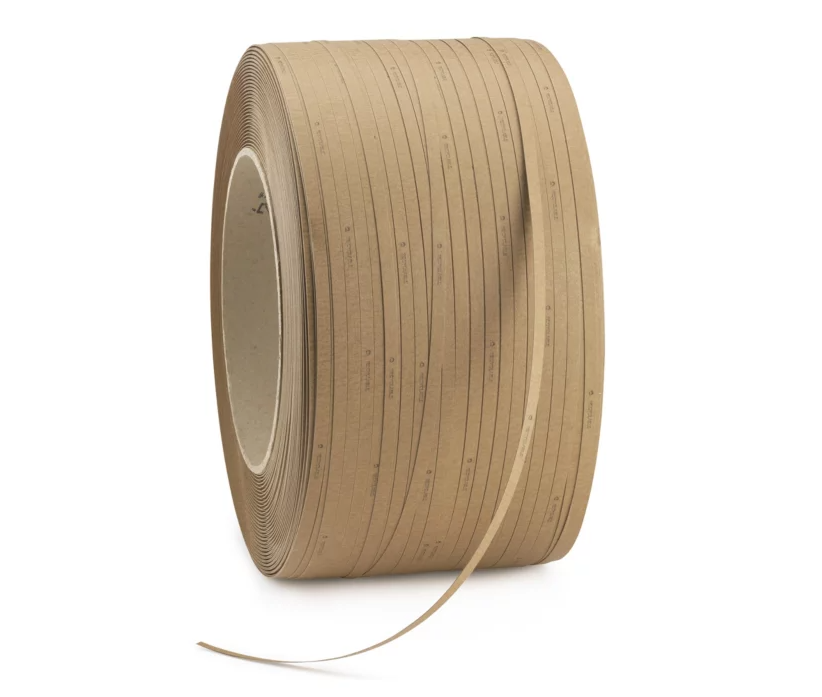 |
Kraft paper strapping is a real innovation for your palletising method. Biosourced and recyclable, it is made from highly resistant kraft, which adds value to your parcels. |
Turning to recyclable packaging
One of the objectives of the PPWR legislation is to ensure that all packaging on the EU market is recyclable by 2030. In this sense, recyclable packaging is probably the simplest solution to implement in your current packaging strategy.
RAJA’s flagship products to support you:
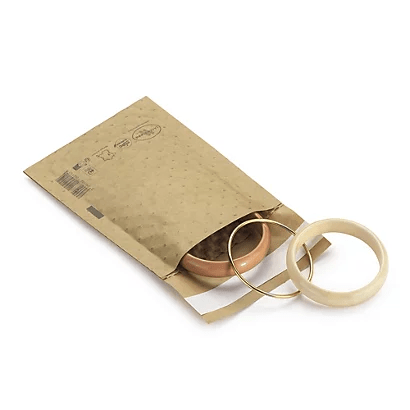 |
The 100% paper padded bubble pouch is not only recyclable, but also highly resistant, protective and economical. It limits the use of cushioning materials. |
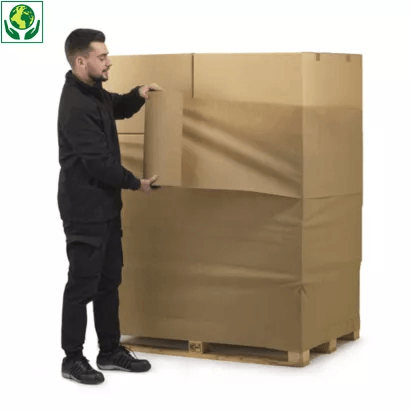 |
Manual palletising stretch paper is a packaging innovation that will delight those who want to palletise in an environmentally-friendly way. Stretchable up to 30%, it is elastic and tear-resistant, while being recyclable. |
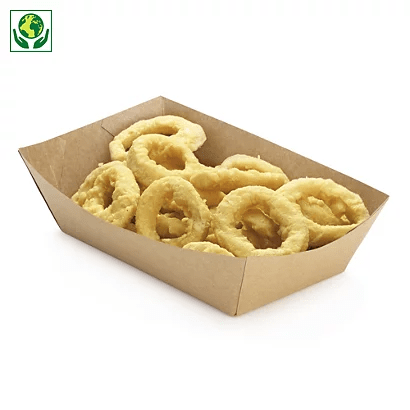 |
Recyclable food packaging, whether plastic or cardboard, helps you comply with forthcoming PPWR legislation. To find out more, read our article on eco-friendly food packaging. |
Consider reusable packaging
Reusable packaging has a special place in PPWR legislation. This ispackaging designed to be reused by the end customer, thereby limiting waste.
RAJA’s flagship products to support you:
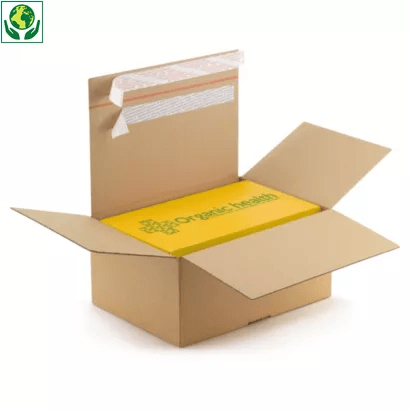 |
The return crate is strong enough to protect your products when they are first dispatched and when they are returned to you. Fitted with two adhesive strips, it simplifies the customer returns process. |
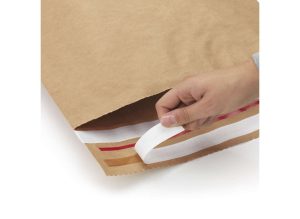 |
The return pouch works on the same principle as the return box, to streamline your e-commerce order return process and improve your customer experience. |
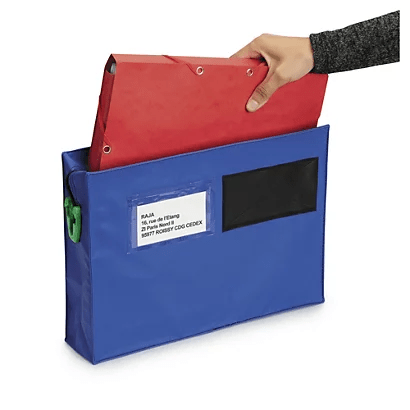 |
The shuttle pouch enables your orders to be transported several times in complete safety, thanks to its high level of protection against tearing and perforation. |
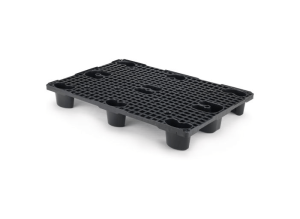 |
The plastic pallet 100% recycled plastic pallets are ideal for storing and distributing your products, and are totally reusable. |
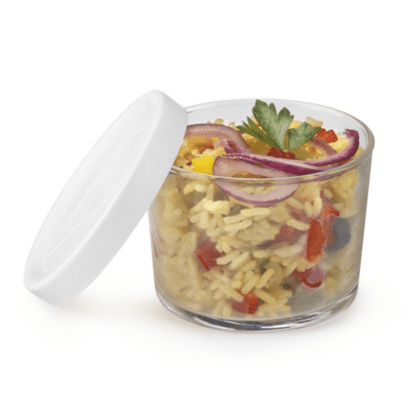 |
Glass food packaging is a valuable and effective solution for complying with forthcoming PPWR legislation. Find out more about reusable food packaging here. |
So, are you ready to start complying with this new packaging law?












